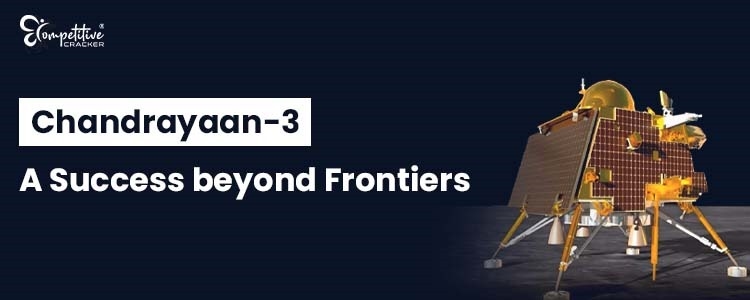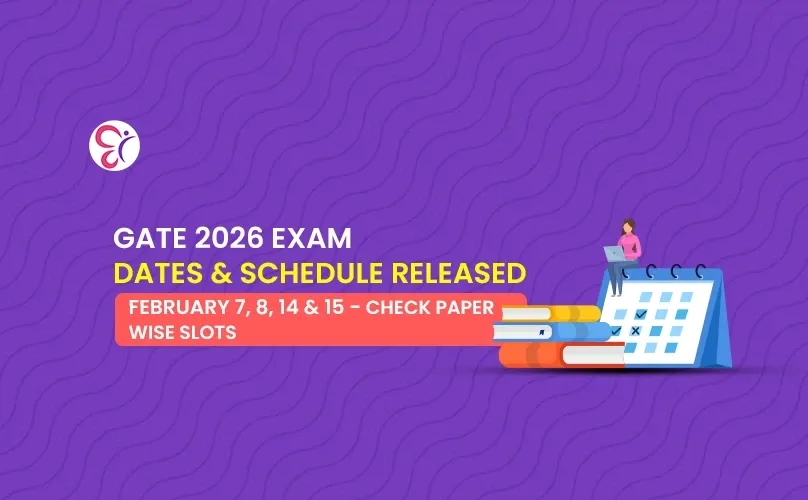Chandrayaan-3: A Success Beyond Frontiers

Chandrayaan-3 is a follow-up mission to Chandrayaan-2 with the primary objective of enhancing capabilities like soft-landing and roving over the lunar surface. But now, India’s mission is really the icing on top of the cake as the diligent group teamed up for the mission has achieved this special mark of soft landing on the south pole of the lunar surface. Chandrayaan-3 launched by LVM3 consists of a lander and a rover with five payloads that is capable of studying and analyzing the lunar surface.
Image credits & Source: https://www.isro.gov.in/chandrayaan3_gallery.html
Chandrayaan-3 was launched from Satish Dawan Space Centre (SHAR-Sriharikota Range, Andra Pradesh). Dr S. Somanath serves as the incumbent person and Chairman of ISRO (Indian Space Research Organization), who held a pivotal position for Chandrayaan-3 as well. The propulsion module will place the Lander-rover module at 100 Km orbit, which would be the shortest loci of the elliptical orbit near the Moon. After reaching this close proximal orbit, the lander-rover configuration will abort its rotation cycle by maneuvering to closer orbits for soft landing on the south pole of the lunar surface.
Image credits & Source: https://www.isro.gov.in/chandrayaan3_gallery.html
Rover leaving the Lander upon landing on the lunar surface. A specular moment traversing a rare milestone in history to be the first to accomplish soft landing as well as to explore the South Pole of the Moon
Five Payloads and their Functions
Lander Payloads
- Chandra’s Surface Thermophysical Experiment (ChaSTE) – measures the thermal conductivity and temperature
- Instrument for Lunar Seismic Activity (ILSA) – measures seismicity around the landing site
- Langmuir Probe (LP) - Estimate the plasma density and its variations
- Passive Retroreflector Array from NASA – Lunar Laser Ranging studies
Rover Payloads
- Alpha Particle X-ray Spectrometer (APXS)
- Laser-induced breakdown Spectroscope (LIBS)
The rover payloads are used to analyze the elemental composition in the vicinity of the landing site.
What is Chandrayaan-3 all about?
Chandrayaan-3 consists of a Lander Module (LM), a Propulsion Module (PM), and a Rover with combined analysis and research technologies for inter-planetary space exploration. The main function of the Propulsion module (PM) is to carry the Lander Module (LM) from the launch vehicle to close proximal orbit to the lunar surface. The Propulsion module also carries a payload known as “Spectro-polarimetry of Habitable Planet Earth” (SHAPE) to study the spectrometric and polarimetric measurements of Earth from the Lunar surface. The rover will take part in the in-situ chemical analysis of the lunar surface by roving over the directed pathways. The launch vehicle identified for Chandrayaan-3 is the LVM3 M4. The lander has surpassed many extreme tests like integrated cold test, integrated hot test, and lander leg mechanism performance test which equips the lander to land on various topographical conditions.
Trending Updates







